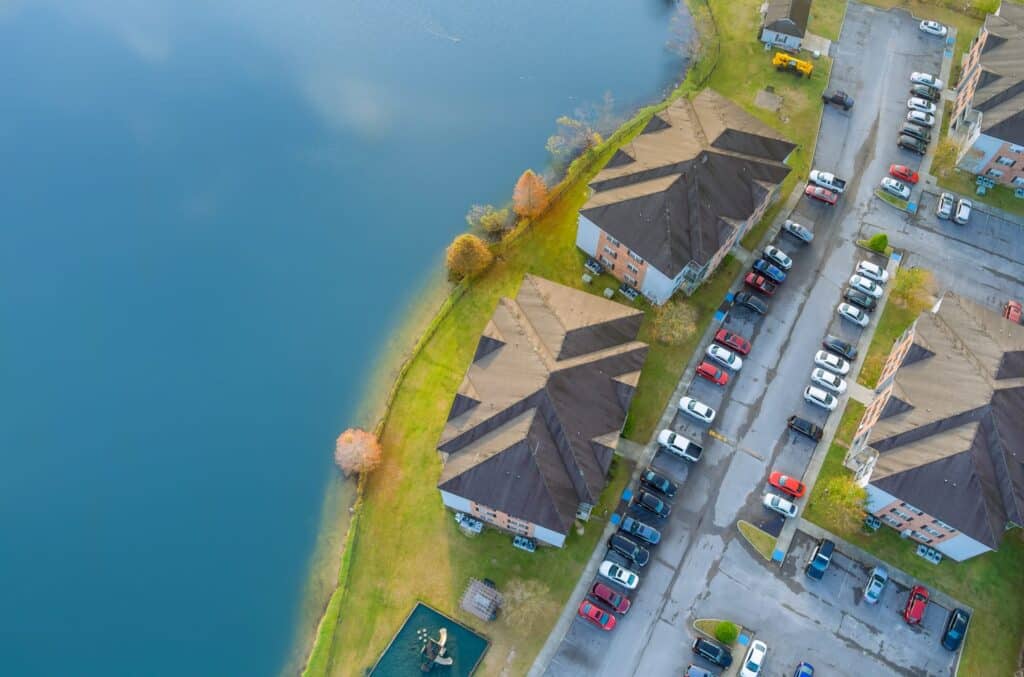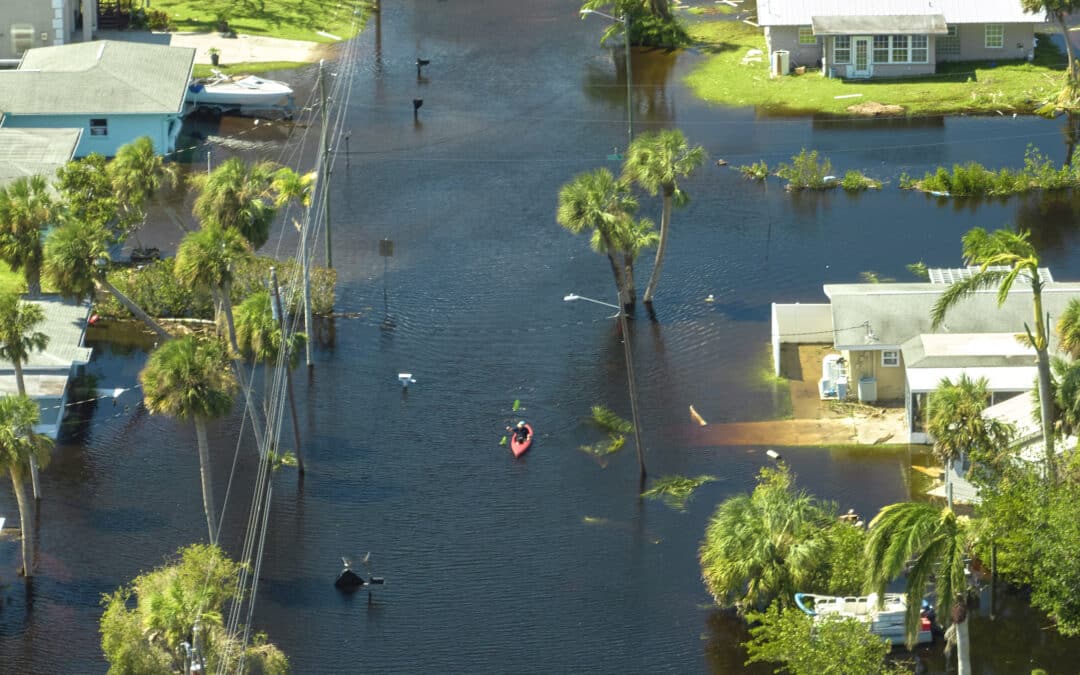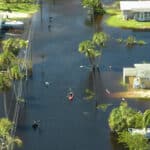You’ve probably heard about flood insurance, but do you really know what it is and why it’s crucial for us here? Today, we’ll dive deep into the world of flood insurance and equip you with everything you need to know to safeguard your home from water woes. Let’s get started!
Understanding Flood Insurance
So, what exactly is flood insurance, and why is it different from your regular homeowners insurance? Flood insurance is a specialized policy designed to protect your home and belongings specifically from damages caused by flooding. You see, standard homeowners insurance usually covers fire, theft, and other mishaps, but when it comes to the wrath of water, you need flood insurance in your corner.
Flood Risks
According to the Pew Research Center, areas near the Gulf face a higher risk of flooding compared to inland regions. Not only that, but our fair city is also prone to heavy rainfall and storm surges, making it more vulnerable to water-related disasters. It’s no surprise that the U.S. Census Bureau estimates that over 30% of properties in Slidell lie within flood hazard zones. Yep, you read that right – 30%! Knowing your flood risk zone is critical in determining the level of flood insurance coverage you need.

The National Flood Insurance Program (NFIP)
Now, let’s talk about the National Flood Insurance Program (NFIP). This program, managed by the Federal Emergency Management Agency (FEMA), plays a vital role in providing flood insurance to homeowners across the country. The NFIP determines flood insurance premiums based on factors like the property’s flood risk zone and its elevation. By the way, did you know that the average annual NFIP flood insurance premium is around $700? So, it’s a small price to pay for the peace of mind it brings.
Private Flood Insurance Options
While NFIP is a go-to option for many homeowners, there are also private flood insurance alternatives available. These policies, offered by private insurance companies, can offer additional coverage options beyond what NFIP provides. Depending on your specific needs and circumstances, a private flood insurance policy might be a better fit for you. However, it’s essential to do your research and compare quotes before making a decision.
Assessing Your Flood Insurance Needs
Figuring out how much flood insurance coverage you need can be a bit tricky, but fear not – we’ve got your back! One crucial factor to consider is your property’s flood risk level, which you can determine through FEMA’s Flood Map Service Center. Another thing to keep in mind is the value of your home and possessions. According to the U.S. Census Bureau, the median value of owner-occupied housing units in Slidell is around $200,000. Taking this into account can help you decide on the appropriate coverage amount.
The Waiting Period
Okay, so you’ve decided to get flood insurance – that’s great! But here’s something important to know: there’s a 30-day waiting period for NFIP policies to become effective. This means you can’t wait until the floodwaters are knocking at your door to sign up for coverage. According to FEMA, there are some exceptions to this waiting period, but it’s better not to take chances and get covered well in advance.
Making a Flood Insurance Claim
Nobody wants to deal with the aftermath of a flood, but sometimes, life throws us curveballs. In the unfortunate event that you need to file a flood insurance claim, it’s essential to know how the process works. The U.S. Census Bureau states that around 15% of homes in Slidell were affected by flooding in the past decade, so being prepared is crucial. Here are some steps to follow:
- Document the Damage: Take photos and videos of all the flood-related damages to your property and belongings. This evidence will help support your claim.
- Contact Your Insurer: Reach out to your insurance company or agent as soon as possible to start the claims process.
- Inspection and Assessment: An adjuster will visit your property to assess the damages and determine the claim amount.
- Claim Settlement: Once the assessment is complete, your insurer will provide a settlement offer. Make sure you review it thoroughly before accepting.

Mitigation Measures to Reduce Premiums
Wouldn’t it be great if you could lower your flood insurance premiums? Well, you can! By implementing mitigation measures, you can potentially reduce the flood risk to your home and save on insurance costs. According to FEMA, elevating utilities and flood-proofing your property can make a significant difference. Not only will these measures help lower your premiums, but they’ll also provide additional protection for your home during floods.
Additional Considerations and Exclusions
As with any insurance policy, it’s crucial to read the fine print and understand what’s covered and what’s not. For instance, flood insurance typically doesn’t cover temporary living expenses if you have to leave your home during a flood. Additionally, certain belongings, like valuable art or expensive jewelry, might have limited coverage under standard flood insurance. It’s essential to discuss your specific needs with your insurance agent and explore any additional coverage options that might be available.
Remember, flood insurance is not just an added expense – it’s an investment in your home’s security and your peace of mind. If you have any questions or need personalized assistance in choosing the right flood insurance coverage for your Slidell home, don’t hesitate to reach out. As your trusted insurance agent, I’m here to guide you every step of the way. We’re here to help you find the best policy that suits your needs and budget. Stay safe and protected by calling us today at (985) 643-1158.
- About the Author
- Latest Posts
With over 80 years of combined experience, Southern Ambit Insurance stands as an authority in simplifying the complex world of insurance. Our team is committed to providing exceptional customer service, conducting thorough risk assessments, and crafting tailored policies that offer our clients the best protection and peace of mind.







